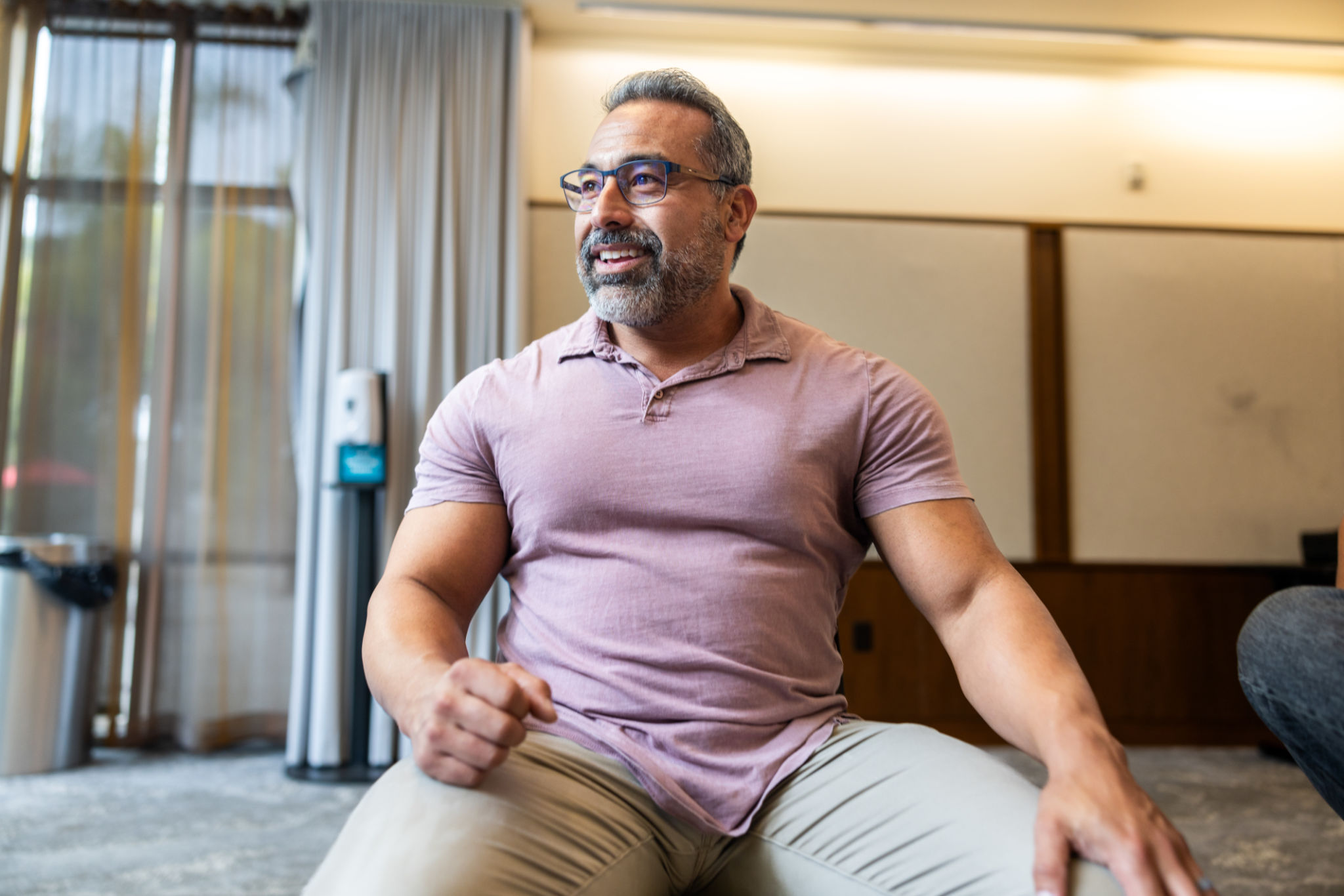Myth-Busting: Common Misconceptions About Testosterone Replacement Therapy
Testosterone Replacement Therapy (TRT) often finds itself surrounded by myths and misconceptions. With its growing popularity as a treatment for low testosterone levels, it's essential to separate fact from fiction. In this blog post, we will debunk some common misconceptions about TRT, helping you make informed decisions about whether it's right for you.
What is Testosterone Replacement Therapy?
Before diving into the myths, let's first understand what TRT is. Testosterone Replacement Therapy is a medical treatment designed to boost testosterone levels in individuals diagnosed with hypogonadism or low testosterone. It can be administered through injections, patches, gels, or pellets. The aim is to alleviate symptoms such as fatigue, decreased libido, and mood changes.

Myth 1: TRT is Only for Older Men
A common misconception is that TRT is only suitable for older men experiencing age-related testosterone decline. While it's true that testosterone levels naturally decrease with age, younger men with medically diagnosed low testosterone can also benefit from TRT. It's not exclusively an "anti-aging" treatment; it's for anyone facing clinically low testosterone levels.
Myth 2: TRT Causes Aggression
The myth that TRT leads to increased aggression or "roid rage" is largely unfounded. While testosterone can influence mood, properly monitored and administered TRT aims to restore hormone levels to a natural state, not elevate them beyond normal. Most studies show that mood improvements are common, with reduced irritability and increased well-being.

Myth 3: TRT Leads to Infertility
There's a concern that TRT may cause infertility in men. While it's true that exogenous testosterone can suppress sperm production, this effect is often reversible upon discontinuing the therapy. For those concerned about fertility, doctors can offer alternative treatments or combine TRT with fertility-preserving options.
Myth 4: TRT is the Same as Steroid Abuse
TRT and steroid abuse are not the same. Steroid abuse involves taking high doses of synthetic testosterone to enhance athletic performance or physical appearance, often leading to harmful side effects. In contrast, TRT is medically supervised, aiming to restore natural hormone levels safely and effectively.

Monitoring and Safety of TRT
Safety is a top priority for those considering TRT. Regular monitoring by healthcare professionals ensures that the treatment remains safe and effective. Blood tests are typically required every few months to check testosterone levels and other health markers.
Myth 5: Results Are Immediate
Another misconception is that the benefits of TRT are immediate. While some individuals may notice improvements within weeks, it can take several months for others to experience the full effects. Patience and consistent monitoring are crucial components of successful therapy.
In conclusion, Testosterone Replacement Therapy can be a beneficial treatment for those with low testosterone levels when administered correctly. By debunking these myths, we hope to provide clarity and encourage informed discussions between patients and healthcare providers.